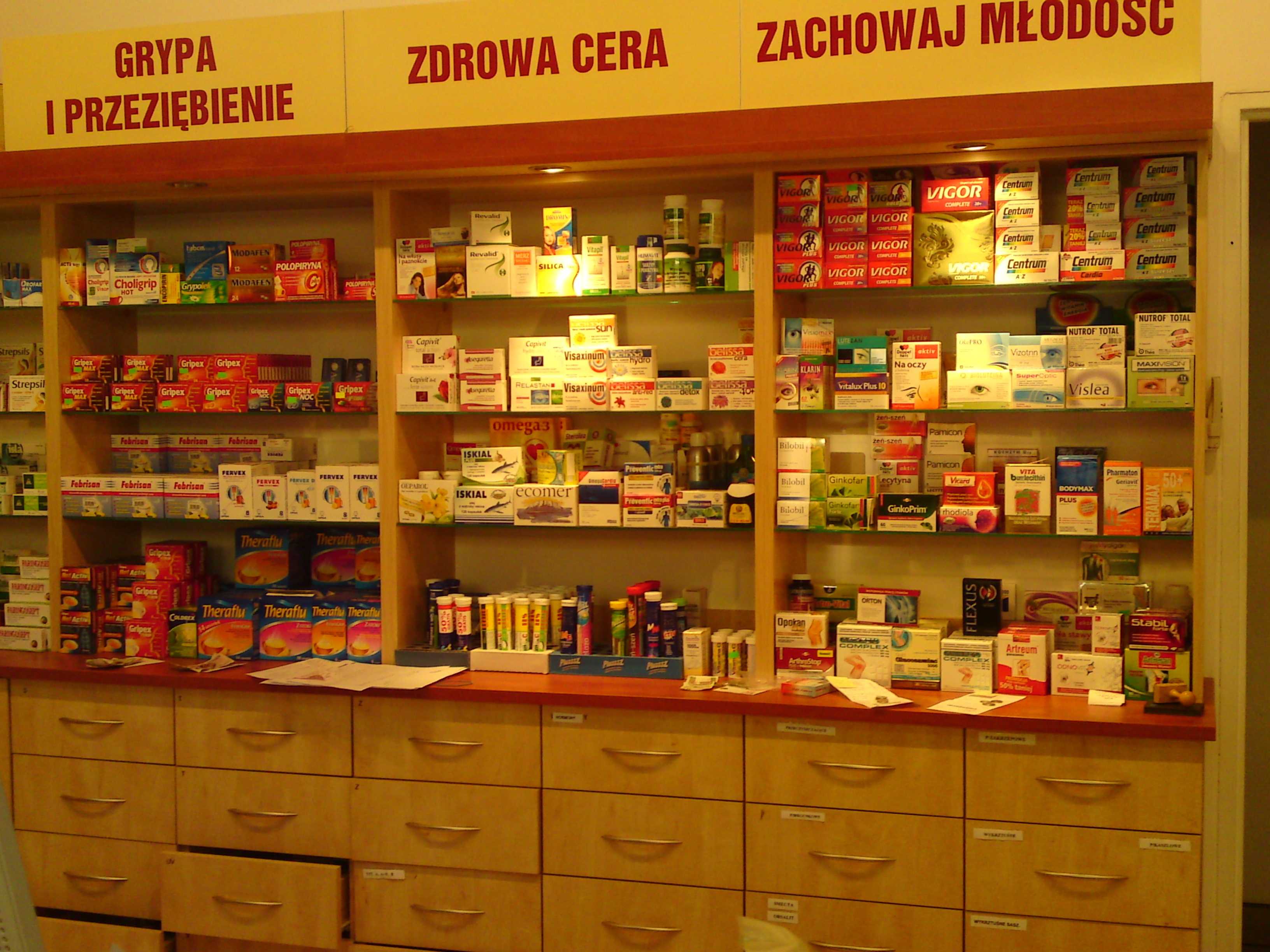Lipid Profile Test: A Complete Guide to Understanding Cholesterol and Cardiovascular Risk
Introduction
The lipid profile test, also known as the lipid panel or cholesterol panel, is a vital diagnostic tool used to evaluate the levels of lipids (fats) in the blood. These lipids include cholesterol and triglycerides, which are essential for cellular function but can be harmful in excess. This test plays a crucial role in assessing an individual\’s risk of developing cardiovascular diseases such as atherosclerosis, heart attack, and stroke.
Understanding lipid metabolism and interpreting lipid profile results can help healthcare professionals initiate timely lifestyle interventions or pharmacological treatments to prevent cardiovascular complications. This article delves deep into the importance, components, procedure, and interpretation of the lipid profile test.
Importance of Lipid Profile in Diagnosis
1. Cardiovascular Risk Assessment
The primary utility of the lipid profile is to evaluate an individual\’s risk of developing cardiovascular disease (CVD). Elevated levels of low-density lipoprotein (LDL) cholesterol and triglycerides, or low levels of high-density lipoprotein (HDL) cholesterol, are strongly associated with atherosclerosis and coronary artery disease.
2. Monitoring Treatment
Patients undergoing treatment with lipid-lowering medications like statins or fibrates need periodic lipid profile tests to assess the effectiveness of therapy and monitor for side effects such as hepatic dysfunction.
3. Metabolic Syndrome and Diabetes
A lipid profile is integral to diagnosing metabolic syndrome, a cluster of conditions including abdominal obesity, hyperglycemia, hypertension, and dyslipidemia. It is also essential in managing patients with diabetes mellitus, as they are at increased risk of dyslipidemia.
4. Genetic Disorders
Certain genetic conditions, like familial hypercholesterolemia and familial combined hyperlipidemia, present with abnormal lipid profiles, making this test crucial for early detection and family screening.
Components of the Lipid Profile Test
A standard lipid profile includes the following measurements:
- Total Cholesterol (TC)
- Low-Density Lipoprotein Cholesterol (LDL-C)
- High-Density Lipoprotein Cholesterol (HDL-C)
- Triglycerides (TG)
- Very-Low-Density Lipoprotein Cholesterol (VLDL-C)
- Non-HDL Cholesterol
- LDL/HDL Ratio
- TC/HDL Ratio
Test Procedure
Preparation
- Fasting Requirement: A fasting period of 9–12 hours is traditionally recommended to obtain accurate triglyceride values. However, non-fasting lipid profiles are increasingly accepted, especially in low-risk individuals.
- Medication History: Patients should in the healthcare provider about current medications as some drugs (e.g., corticosteroids, beta-blockers, oral contraceptives) may alter lipid levels.
- Alcohol and Smoking: Abstaining from alcohol and smoking for at least 24 hours is advised as both can affect lipid measurements.
Sample Collection
- Specimen Type: Venous blood (usually 3–5 mL) is collected in a plain (red-top) or serum separator (gold-top) tube.
- Timing: The test can be pered at any time but is commonly done in the morning to align with fasting state.
Report Timing
- Turnaround Time: Results are typically available within 24 hours in most laboratories. In emergency settings or hospitals with automated labs, results may be obtained within a few hours.
- Follow-Up: If abnormalities are detected, further investigations like apolipoprotein measurements, lipoprotein (a), or cardiac risk scoring may be recommended.
Detailed Analysis of Individual Lipid Components
1. Total Cholesterol (TC)
Definition: It is the sum of cholesterol content in all lipoprotein particles—primarily LDL, HDL, and VLDL.
Normal Range:
| Age Group | Desirable Level |
|---|---|
| Adults | < 200 mg/dL |
| Borderline High | 200–239 mg/dL |
| High | ≥ 240 mg/dL |
Clinical Significance: Elevated total cholesterol increases the risk of cardiovascular events and may warrant lifestyle modification or pharmacological therapy.
2. Low-Density Lipoprotein Cholesterol (LDL-C)
Definition: Often termed \”bad cholesterol,\” LDL carries cholesterol to peripheral tissues and contributes to plaque ation in arteries.
Normal Range:
| Risk Category | LDL Level |
|---|---|
| Optimal | < 100 mg/dL |
| Near Optimal | 100–129 mg/dL |
| Borderline High | 130–159 mg/dL |
| High | 160–189 mg/dL |
| Very High | ≥ 190 mg/dL |
Clinical Significance: LDL-C is the primary target in lipid-lowering therapy. High levels are a major risk factor for atherosclerosis.
3. High-Density Lipoprotein Cholesterol (HDL-C)
Definition: Known as \”good cholesterol,\” HDL removes cholesterol from blood vessels and transports it to the liver for excretion.
Normal Range:
| Category | HDL Level |
|---|---|
| Low (Risky) | < 40 mg/dL (men) < 50 mg/dL (women) |
| Acceptable | 40–59 mg/dL |
| Protective | ≥ 60 mg/dL |
Clinical Significance: Higher HDL levels are protective against heart disease. Low HDL increases the risk even if total cholesterol is normal.
4. Triglycerides (TG)
Definition: Triglycerides are esters derived from glycerol and three fatty acids; they are stored in fat cells and released for energy.
Normal Range:
| Category | TG Level |
|---|---|
| Normal | < 150 mg/dL |
| Borderline High | 150–199 mg/dL |
| High | 200–499 mg/dL |
| Very High | ≥ 500 mg/dL |
Clinical Significance: High triglyceride levels are associated with metabolic syndrome and pancreatitis (especially > 1000 mg/dL).
5. Very-Low-Density Lipoprotein Cholesterol (VLDL-C)
Definition: VLDL is synthesized in the liver and primarily carries triglycerides.
Estimated Range:
- Normal: 2–30 mg/dL
- Calculated using:
VLDL-C = TG/5 (Only if TG < 400 mg/dL)
Clinical Significance: Elevated VLDL contributes to plaque ation and atherosclerosis.
6. Non-HDL Cholesterol
Definition: Calculated by subtracting HDL-C from total cholesterol. It includes all atherogenic particles (LDL, VLDL, IDL, etc.)
Normal Range:
- Desirable: < 130 mg/dL
- High: ≥ 160 mg/dL
Clinical Significance: Especially useful in patients with high triglycerides where LDL calculation may be unreliable.
7. LDL/HDL Ratio
Interpretation:
| Risk Category | Ratio |
|---|---|
| Low Risk | < 2.5 |
| Average Risk | 2.5–3.5 |
| High Risk | > 3.5 |
Clinical Significance: High LDL/HDL ratio indicates higher atherogenic risk.
8. Total Cholesterol/HDL Ratio
Interpretation:
| Ratio | Cardiovascular Risk |
|---|---|
| < 3.5 | Low |
| 3.5–5 | Moderate |
| > 5 | High |
Clinical Significance: A commonly used marker for overall cardiovascular risk.
Sample Lipid Profile Report
| Parameter | Patient Value | Normal Range | Interpretation |
|---|---|---|---|
| Total Cholesterol (TC) | 230 mg/dL | < 200 mg/dL | High |
| LDL-C | 150 mg/dL | < 100 mg/dL | Borderline High |
| HDL-C | 40 mg/dL | > 40 mg/dL (Men) | Low Normal |
| Triglycerides (TG) | 180 mg/dL | < 150 mg/dL | Borderline High |
| VLDL-C | 36 mg/dL | 2–30 mg/dL | Slightly Elevated |
| Non-HDL Cholesterol | 190 mg/dL | < 130 mg/dL | High |
| LDL/HDL Ratio | 3.75 | < 3.5 | High Risk |
| TC/HDL Ratio | 5.75 | < 5 | High Risk |
Factors Affecting Lipid Levels
- Diet: High intake of saturated fat, trans fat, and cholesterol increases lipid levels.
- Physical Activity: Regular exercise raises HDL and lowers LDL and TG.
- Age and Gender: Lipid levels naturally increase with age; postmenopausal women often have higher LDL.
- Medications: Some drugs can elevate lipid levels, including diuretics, beta-blockers, and immunosuppressants.
- Diseases: Diabetes, hypothyroidism, nephrotic syndrome, and liver disorders influence lipid metabolism.
Clinical Recommendations
- Screening Frequency:
- Adults >20 years: Every 4–6 years (more frequently in high-risk individuals)
- Children (if family history of dyslipidemia): Once between ages 9–11 and 17–21
- Lifestyle Modifications:
- Diet low in saturated fat and cholesterol
- Increased fiber intake
- Regular aerobic exercise
- Weight loss and smoking cessation
- Pharmacological Treatment:
- Statins: First-line agents to reduce LDL-C
- Fibrates: Useful in reducing triglycerides
- Ezetimibe, PCSK9 inhibitors: For statin-intolerant or resistant patients
Conclusion
The lipid profile test is an indispensable tool for evaluating cardiovascular risk and metabolic health. A comprehensive understanding of its components and their clinical implications enables healthcare professionals to devise effective prevention and treatment strategies. Regular screening, interpretation in the context of individual risk factors, and timely intervention can significantly reduce the burden of cardiovascular disease.
SEO-Friendly FAQs
Q1. What is the lipid profile test used for?
The lipid profile test evaluates cholesterol and triglyceride levels to assess cardiovascular risk, diagnose lipid disorders, and monitor treatment response.
Q2. Should I fast before a lipid profile test?
Fasting for 9–12 hours is traditionally recommended, especially for accurate triglyceride levels, though non-fasting tests are acceptable in some cases.
Q3. What are the normal ranges for lipid profile parameters?
- Total Cholesterol: < 200 mg/dL
- LDL: < 100 mg/dL
- HDL: > 40 mg/dL (men), > 50 mg/dL (women)
- Triglycerides: < 150 mg/dL
Q4. Can I take my medications before a lipid test?
It’s best to consult your doctor. Some medications can affect lipid levels and may need to be withheld temporarily.
Q5. What does a high LDL/HDL ratio mean?
A high LDL/HDL ratio suggests increased risk for atherosclerosis and cardiovascular events.
For more regular updates you can visit our social media accounts,
Instagram: Follow us
Facebook: Follow us
WhatsApp: Join us
Telegram: Join us





